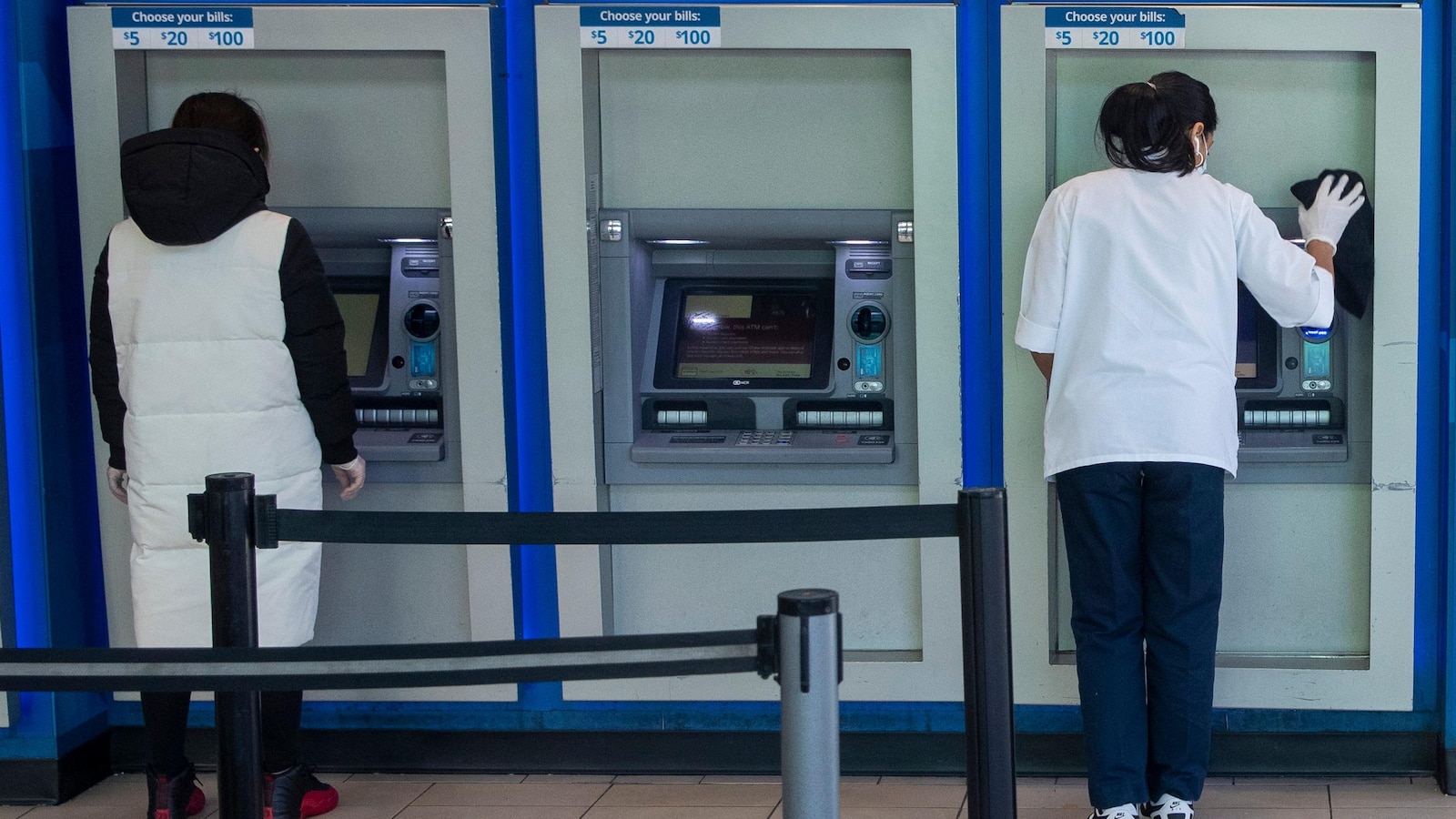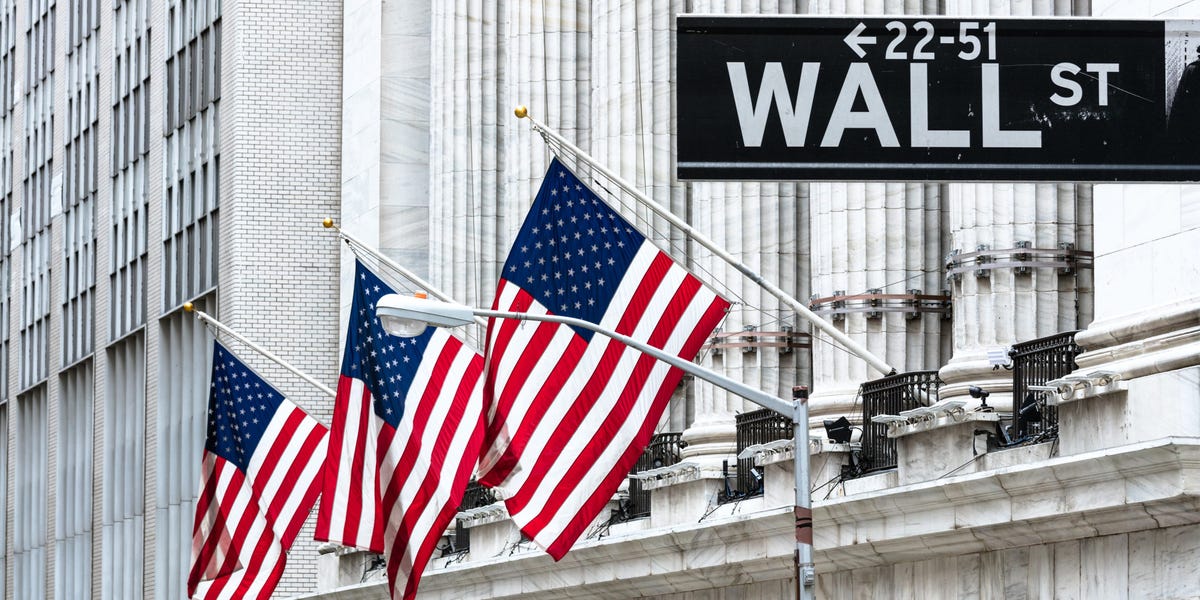Introduction: The White House Pushes for Overhaul of Overdraft Fees
The White House has announced a major new initiative aimed at reforming the overdraft fee practices of financial institutions, marking a significant shift in the way consumer banking is handled in the United States. In a move that directly addresses longstanding concerns over transparency, fairness, and consumer protection, the government has introduced a set of regulations designed to curb excessive overdraft fees, which have long been a point of contention between banks and their customers.
For years, consumers have struggled with the hidden costs of banking, particularly in relation to overdraft fees that can quickly accumulate, trapping account holders in a cycle of debt. With these new regulatory steps, the White House is aiming to protect vulnerable populations, enhance financial literacy, and ensure that banking services are equitable and accessible for all Americans. Below, we explore what these changes mean, the context behind them, and the broader implications for both consumers and financial institutions.
Understanding Overdraft Fees and Their Impact
Overdraft fees are charges imposed by banks when an account holder withdraws more money than is available in their account, often as a result of an error or unexpected expense. While these fees are meant to act as a safeguard for banks against potential losses, they have become a source of frustration for many consumers who find themselves hit with steep penalties, sometimes amounting to hundreds of dollars in a single month.
According to the Consumer Financial Protection Bureau (CFPB), in 2022 alone, U.S. consumers paid over $30 billion in overdraft fees. This is a staggering figure, especially considering that many of those affected are often from lower-income households, who are most vulnerable to the consequences of these fees. The White House’s reform is intended to address this disparity and bring more fairness to the system.
The White House’s New Overdraft Fee Regulations
The new regulations announced by the Biden administration focus on limiting the frequency and amount of overdraft fees that banks can charge. Key aspects of the reform include:
- Cap on Overdraft Fees: Financial institutions will be required to impose a cap on the amount they charge for overdraft fees. This cap is designed to prevent consumers from facing exorbitant charges for small mistakes or temporary account imbalances.
- Prohibition of Multiple Fees for Single Transactions: Under the new rules, banks will no longer be allowed to charge multiple overdraft fees for a single transaction. This means that if an account holder’s transaction causes an overdraft, they will only be charged one fee, regardless of how many items or transactions are impacted by that overdraft.
- Required Transparency: Banks will be required to provide clear and upfront information about overdraft fees, including notifications to customers when they are at risk of incurring an overdraft fee.
- Reduction in ‘Courtesy’ Overdraft Services: Many banks offer “courtesy” overdraft protection, allowing customers to continue making purchases or withdrawals even when their account balance is insufficient. However, these services often come with hidden fees. The new rules will ensure that these services are not used as a means to charge unfair fees.
Why Overdraft Fee Reform Is Necessary
The push for reform comes as part of a larger effort to make banking more accessible and consumer-friendly. While overdraft fees have existed for decades, their impact on the financial well-being of consumers has only grown over time. Financial services, particularly banking, should support individuals, not burden them with unexpected fees that can spiral out of control. The administration’s reform aims to:
- Increase Financial Stability: For many Americans, overdraft fees are not just an inconvenience but a barrier to financial stability. Excessive fees can lead to account closures, poor credit scores, and an overall lack of trust in the banking system.
- Promote Fairness in Banking: Lower-income households are disproportionately impacted by overdraft fees. The White House’s initiative is part of a broader strategy to close the wealth gap and ensure that all consumers, regardless of income, have access to fair banking practices.
- Encourage Financial Literacy: By requiring clearer and more consistent disclosures, the reforms are also designed to enhance financial literacy. Consumers will have a better understanding of how fees work, how they can avoid them, and what protections are available to them.
The Broader Implications of the Overdraft Fee Reform
The implications of this regulatory shift extend beyond just the consumers affected by overdraft fees. Financial institutions, too, will need to adjust their business models and practices to comply with the new rules. While some banks have already taken steps to reduce or eliminate overdraft fees voluntarily, others may face challenges in adjusting their revenue models.
Impact on Financial Institutions
Banks and credit unions have long relied on overdraft fees as a significant source of revenue. According to a report by CNBC, the largest U.S. banks earned nearly $15 billion in overdraft fees in 2021 alone. While this is a lucrative revenue stream, it has come under increasing scrutiny as consumer advocacy groups and regulators push for reform.
The new regulations will likely push many financial institutions to reevaluate their fee structures. Some may look for alternative ways to generate revenue, such as by increasing monthly maintenance fees or introducing new types of service charges. However, these alternatives may also face pushback if they are seen as equally unfair or opaque.
Public Response and Consumer Sentiment
Consumer advocacy groups have largely welcomed the proposed changes, arguing that these reforms will bring much-needed relief to financially vulnerable populations. Organizations like the Consumer Financial Protection Bureau (CFPB) have been vocal in their support, urging banks to adopt more consumer-friendly practices.
On the other hand, some critics argue that the reforms may have unintended consequences. Banks may reduce or eliminate certain services, such as overdraft protection or low-balance alerts, which could harm consumers who rely on these options to manage their finances. Others warn that financial institutions might find ways to circumvent the new rules, further complicating the situation for consumers.
What Consumers Should Know
As the new regulations are implemented, consumers can expect to see changes in how overdraft fees are assessed and communicated. Here’s what you need to know:
- Check Your Bank’s New Policies: Make sure you are aware of the specific overdraft fee changes at your bank. Not all institutions will implement changes at the same pace or in the same way.
- Use Account Alerts: Take advantage of any alerts your bank offers to notify you when your balance is low or you are at risk of incurring an overdraft fee.
- Know Your Rights: Under the new regulations, you will have more transparency and protection. If you feel you have been unfairly charged, you have more avenues to dispute fees.
Conclusion: A Step Toward Fairer Banking
The White House’s new steps to reform overdraft fees represent a bold move toward greater fairness and transparency in consumer banking. While the reform is still in the early stages, it signals a shift in priorities from maximizing profits through fees to ensuring that consumers are treated equitably. As these changes unfold, the banking industry will have to adapt, but ultimately, the beneficiaries of these reforms will be the millions of Americans who have struggled with the financial burden of overdraft fees for far too long.
In the end, this reform is not just about limiting fees, but about fostering a more equitable financial system that works for all people, not just the wealthy. The White House’s actions, combined with growing public awareness and advocacy, could pave the way for a more inclusive and transparent banking landscape in the years to come.
See more CNBC Network



